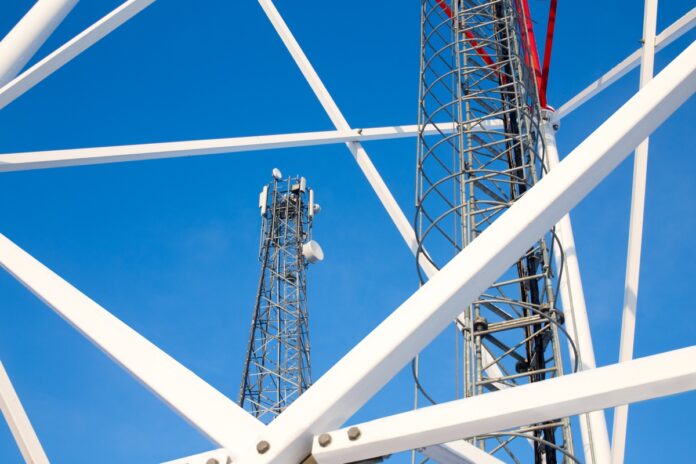As commercial 5G networks roll out, vendors are exploring three key areas in base station antenna (BSA) design to improve performance and reduce costs.
They are outlined in a new report from ABI Research.
“Sectorisation, active antenna systems (AAS) and cell-shaping are the three overarching trends emerging from vendors’ roadmaps which are used to tackle the demands of 5G,” said Nick Marshall, Research Director at ABI Research.
Sectorisation
Higher-order sectorisation using multi-port/multi-band and/or multi-beam antennas is being used to upgrade a cell site from a standard three sectors to six sectors or more.
Marshall explained, “Sectorisation increases the number of sectors without increasing the number of antennas or radiation centres on the tower and represents important cost savings because towers are increasingly occupied by multiple BSAs and other equipment.”
Active antenna systems
An active antenna system (AAS) contains active radio electronics inside the BSA radome with the antenna/radio combination connected back to the baseband with fibre.
“Although more expensive than legacy passive antennas, AASs enable high-order and massive MIMO features for sector throughput enhancements, reductions in cable losses and power consumption,” said Marshall.
Included in AAS are a new type of hybrid active/passive BSA which are antenna systems integrating massive MIMO antennas with passive antennas and which share electronics, radio frequency components and chassis between the active and passive antennas.
“As a compact single unit, hybrid active/passive antennas reduce wind load and, since components are shared, offer a lower initial cost when compared to traditional options,” Marshall added.
Cell-shaping
With proactive cell-shaping, beamforming is used to shape or sculpt overall cell coverage. Sector sculpting in the cell shapes the Radio Frequency (RF) radiation pattern with directional antennas, which can be steered both in azimuth and elevation.
Sculpting delivers precise wireless coverage with minimal interference with neighbouring cells.
“The key takeaway from these and other innovations is that antenna vendors are rising to the complex challenges of delivering 5G with highly innovative and technically elegant BSA designs,” Marshall commented.
These findings are from ABI Research’s 5G Antenna Innovations technology analysis report.


